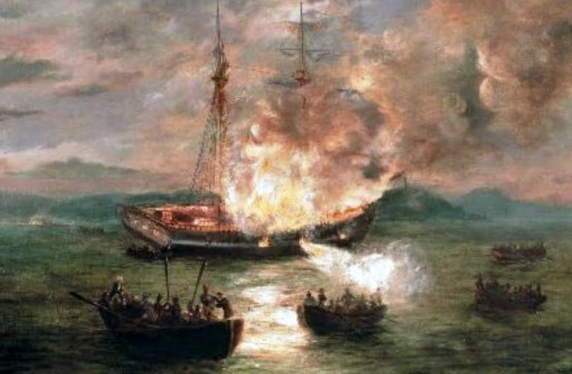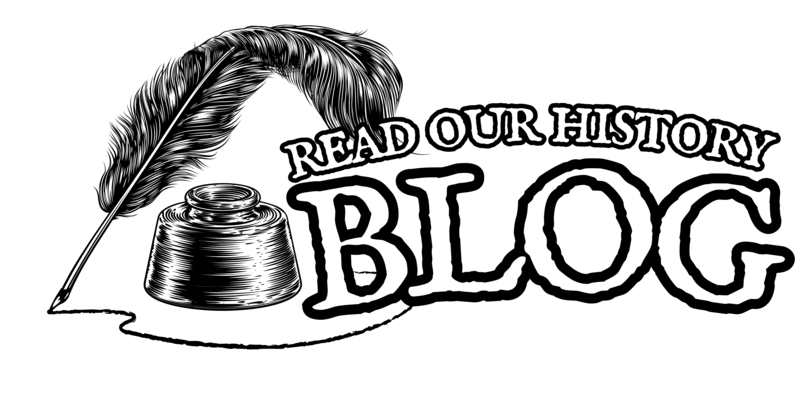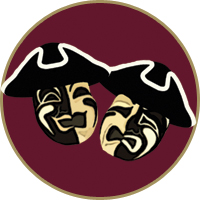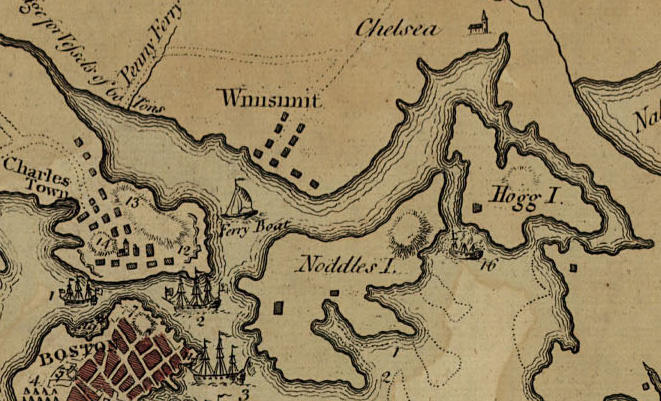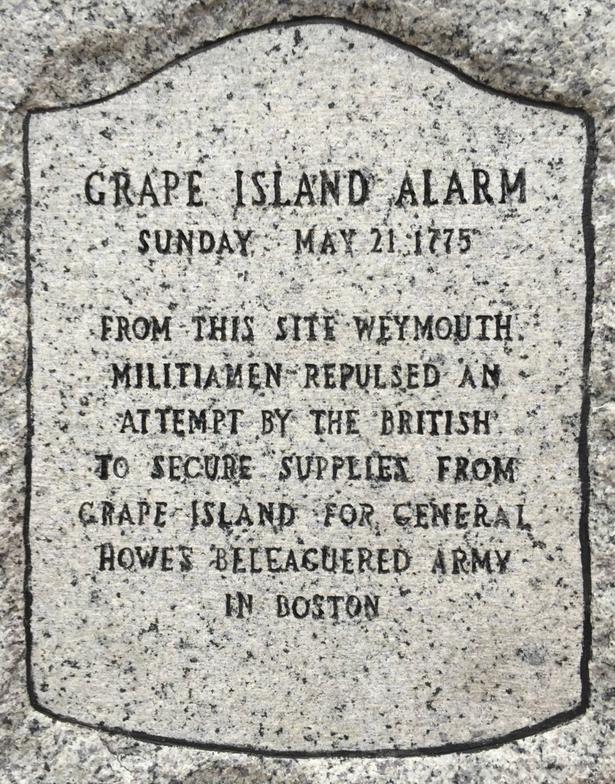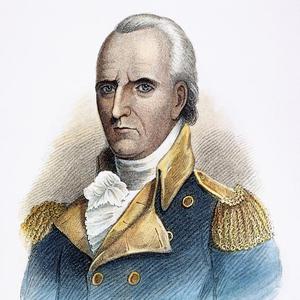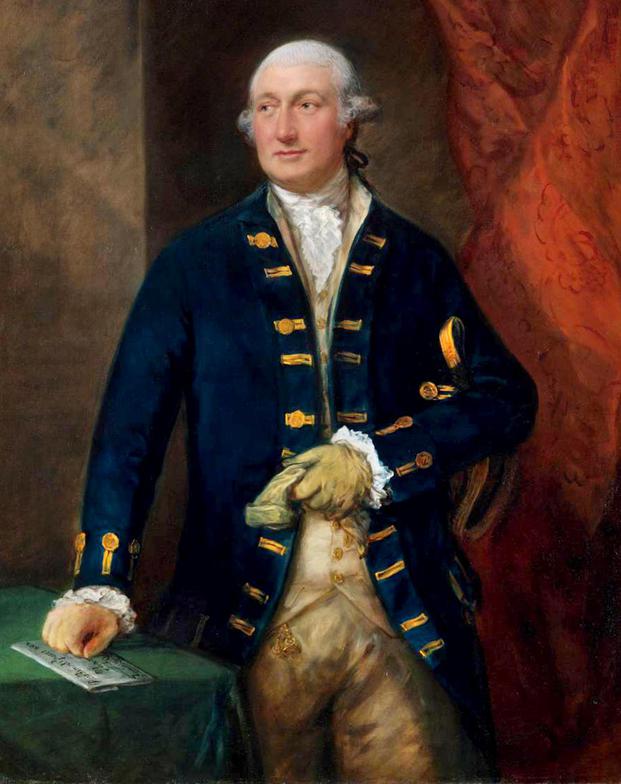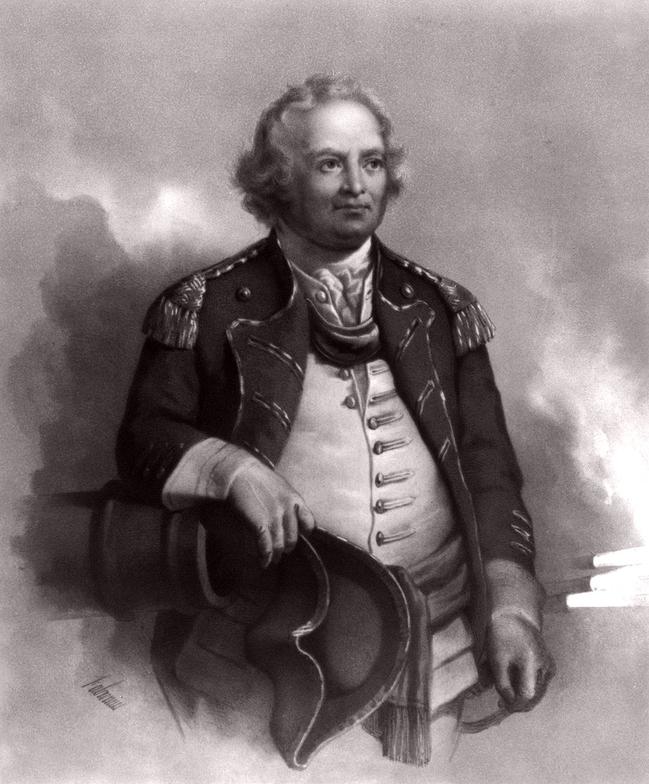Insert Headline
Insert text here.
Insert Headline
Insert text here.
The Lead Up to The Battle of Bunker Hill:
Grape Island and Chelsea Creek
by David J Samuels | May 15, 2025
Between the Battle of Lexington and Concord and the Battle of Bunker Hill, there was a stand off between American and British forces. Tensions ran high, leading to skirmishes over territory and resources. Two of the most famous were the Battle of Grape Island and the Battle of Chelsea Creek, both of which took place 250 years ago, in May of 1775.
The Battles of Lexington and Concord drew thousands of militiamen from Massachusetts and other New England colonies. After fighting off the British attack on April 19, 1775, these militia forces remained, laying siege to British occupied Boston from the towns surrounding it.
While the British Navy controlled the harbor and could bring in supplies from Canada, they also took in supplies of fodder for their horses and meat for their troops from the farmers on the Boston Harbor Islands and those farms on the coastal areas to the east of the town of Boston.
These farmers faced a serious conundrum. If they sold supplies to the Redcoats, the Patriots branded them “Loyalists” and traitors. If these farmers refused to sell supplies to the Redcoats, the Redcoats would simply take what they wanted without paying for it.
On May 14th, 1775, the Massachusetts Committee of Safety ordered provincial forces to deal with this situation:
“Resolved, as their opinion, that all the live stock be taken from Noddle's Island, Hog Island, Snake Island, and from that part of Chelsea near the sea coast, and be driven back; and that the execution of this business be committed to the committees of correspondence and selectmen of the towns of Medford, Malden, Chelsea, and Lynn, and that they be supplied with such a number of men, as they shall need, from the regiment now at Medford.”
The Battle of Grape Island and the Battle of Chelsea Creek deprived British forces of needed supplies and secured some of these supplies for American forces. The taking of the schooner Diana by American forces secured both supplies and also cannon, which some historians believe were used by the Americans at the Battle of Bunker Hill.
The participation of the Royal Navy Schooner Diana and Sloop Britannia in the Battle of Chelsea Creek made that battle technically a naval battle. Since American forces captured and burned the Diana, the first naval battle of the American Revolution was won by American militia!
These victories were minor footnotes in the history of the American Revolution, but they represented a bold demonstration of the capabilities of American forces and were instrumental in raising their morale while also humiliating the Royal Navy and British Marines.
Aftermath
Grape Island is located to the south of Boston, off the coast of Weymouth, Massachusetts. In May of 1775, Grape Island was owned by a Loyalist named Elisha Leavitt. He gave his hay to the British Army then occupying the Town of Boston. When Weymouth citizens observed the British Army collecting hay from Grape Island, the alarm was sounded and the militia was called out. The militia fired on the Redcoats, then boarded boats and went to the island and drove the Redcoats away.
Abigail Adams lived in the area and said of the battle:
“You inquire of me who were at the engagement at Grape Island. I may say with truth all of Weymouth, Braintree, Hingham, who were able to bear arms, and hundreds from other towns within twenty, thirty, and forty miles of Weymouth. Both your brothers were there; your younger brother, with his company, who gained honor by their good order that day. He was one of the first to venture on board a schooner, to land upon the island.”
The Battle of Grape Island: May 21st, 1775
The Battle of Chelsea Creek: May 27th and May 28th, 1775
The Battle of Chelsea Creek was fought on Chelsea Creek and salt marshes, mudflats, and other islands in Boston Harbor. Hundreds of American Provincials fought British Marines over the livestock and hay. The battle involved infantry and artillery on both sides, as well as the Royal Navy Schooner Diana. The Diana eventually ran aground and its crew abandoned ship. American forces stripped the ship of everything and anything of value from the schooner Diana and then burned it.
These fires alerted the British Navy. Admiral Graves sent barges carrying 400 British Marines to attack and drive off the provincials, followed by the schooner Diana, under the command of his nephew Lieutenant Thomas Graves (pictured right), and the sloop Britannia, under command of another of his nephews, Lieutenant John Graves.
The marines drove Stark’s men back to Crooked Creek, where they dug in and fought the marines from strong, fortified positions. The marines withdrew and Stark and his 30 men pulled back to join the rest of his regiment on Hog Island.
Around sunset, the schooner Diana turned around and attempted to leave the shallows to avoid getting trapped in the shallows of Chelsea Creek. Realizing he was going to need help, Lieutenant Thomas Graves signaled the fleet in Boston Harbor. Barges manned by marines were sent to pull the Diana and the Britannia back out into deeper water.
The Provincial troops stationed at Medford were the 1st New Hampshire Regiment, under the command of then Colonel John Stark. (pictured left) Around midnight on May 27, 1775, Stark took 300 men across the bridge from Medford, eventually arriving at Hog Island.
Once on Hog Island, Stark’s men began confiscating livestock and other resources. Meanwhile, Colonel Stark took 30 men to Noddle’s island, where they killed livestock and burned haystacks.
As the Diana struggled to withdraw, Stark’s men realized the Royal Navy schooner was vulnerable and called for reinforcements. Israel Putnam (pictured left) of Connecticut (then a Brigadier General in the Connecticut Militia) and Doctor Joseph Warren (who would later be appointed a Major General in the Massachusetts Provincial Army) brought 1000 men to join the battle. In a characteristic act of bravery and a flair for the dramatic, General Putnam approached the Diana by wading out into the water up to his waist while under cannon and musket fire. From this position, Putnam ordered Thomas Graves and the crew of the Diana to surrender. Graves refused and the cannons of the Diana continued to fire.
The Diana finally ran aground and tipped to one side and was abandoned by Lieutenant Graves and his crew. The provincials boarded the Diana and stripped her of cannons, rigging, sails, clothing and money.
